FUNDING CUTS IMPACT CT HUMANITIES: Help CT Humanities navigate recent funding cuts and continue our vital work across Connecticut. All donations made to CTH will be matched dollar-for-dollar up to $50,000. Donate today!
News & Updates
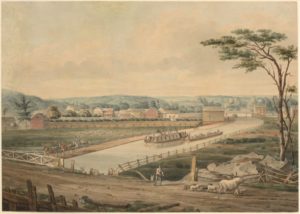
Benjamin Wright: The Father of American Civil Engineering
Benjamin Wright helped build transportation and canal systems in the United States and served as the chief engineer on the construction of the Erie Canal.
Read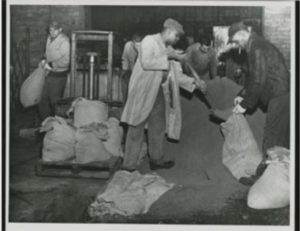
The Flood That We Forget: October 15 and 16, 1955
When we speak of the “Flood of 1955,” we should remind ourselves that two separate floods, one in August and a second one in October, occurred.
Read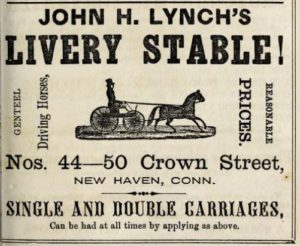
New Haven: What Was Everyday Life Like During the Civil War?
A great primary resource for digging into a community’s everyday life is a city directory.
ReadBeacon Falls Rubber Shoe Company Puts Best Foot Forward
Father and son George and Tracy Lewis not only founded a business together, they also had a hand in more than doubling the population of Beacon Falls.
Read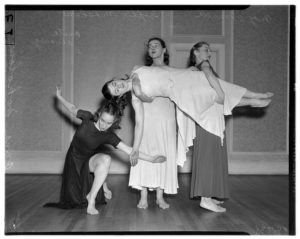
Hartford’s Anna Sokolow, Modern Dance Pioneer
Hartford’s Anna Sokolow became one of the most important figures in modern dance during the 20th century.
Read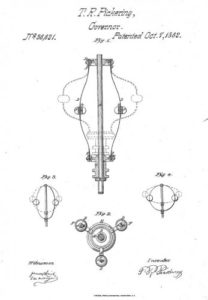
Portland Improves the Steam Engine
Thomas R. Pickering, an engineer, ran a factory power plant in the mid-1800s and made improvements.
Read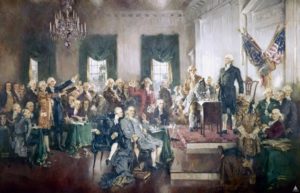
The US Constitutional Convention: America Forms a Bicameral Legislature
In the summer of 1787, Connecticut delegate helped shape the drafting of the US Constitution through his proposal for a bicameral legislature.
Read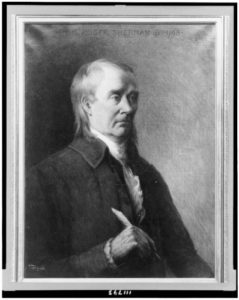
Roger Sherman, Revolutionary and Dedicated Public Servant
Roger Sherman is also the only person to have signed all four of the most significant documents in our nation’s early history.
Read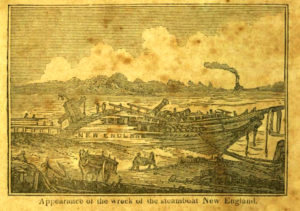
The Steamboat New England: “The shock was dreadful” – Today in History: October 8
One of Connecticut’s worst steamboat disasters occurred on the dark and stormy night of October 8, 1833, on the Connecticut River.
Read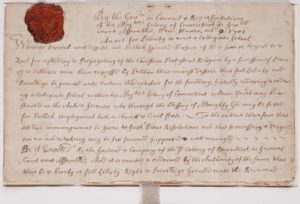
When Old Saybrook Was a College Town
Yale University traces its origins back to the Connecticut Colony’s passing of “An Act for the Liberty to Erect a Collegiate School” in 1701.
Read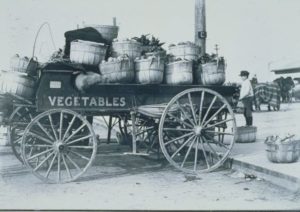
Hartford’s “Little Italy”
In the early 1900s, Italians made new lives for themselves in Hartford.
Read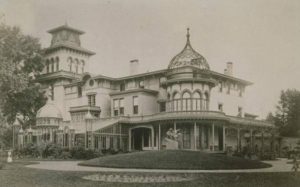
Elizabeth Jarvis Colt Born – Today in History: October 5
On October 5, 1826, Elizabeth Jarvis was born in Hartford.
Read
The 1961 Hartford Hospital Fire
On December 8, 1961, the casual disposal of a cigarette spread raging flames and deadly smoke through Hartford Hospital.
Read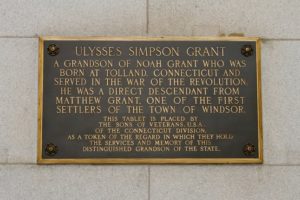
The Ulysses S. Grant Memorial Tablet
The Connecticut Division of the Sons of Veterans, USA, commissioned a memorial tablet to Ulysses S. Grant who led Union forces during the Civil War.
Read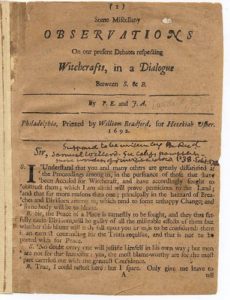
Accidental Shooting Leads to Witchcraft Conviction – Today in History: October 3
On October 3, 1651, Henry Stiles of Windsor was killed when the gun of Thomas Allyn, also of Windsor, accidentally discharged during a militia exercise.
Read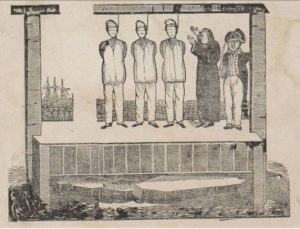
Capital Punishment in Connecticut: Changing Views
Connecticut’s struggles with the issue of capital punishment date back to its earliest days as a colony.
Read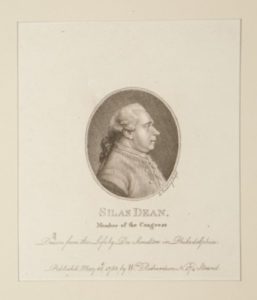
The Rise and Fall of Silas Deane, American Patriot
Esteemed by his fellow patriots as a savvy diplomat who helped cement a strategic alliance with France during the American Revolution, Deane spent his final years under a cloud of suspicion.
Read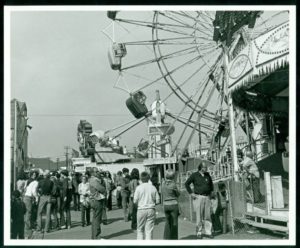
The Danbury Fair, 1869-1981
For almost a century the Danbury Fair thrilled people from near and far. First showcased for its agricultural achievements, it later hosted a number of popular attractions including rides, races, and entertainment.
Read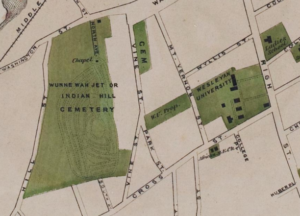
Indian Hill Cemetery and the Vernacular of the Times
Indian Hill Cemetery’s founders promoted their property as a place to find peace, both with the natural environment and with the area’s indigenous past.
Read
The 42-Day Income Tax
In 1971, to eliminate the state’s budget deficit, Connecticut legislators approved a tax on income. Just forty-two days later, they repealed it, instead voting to increase the state’s sales tax.
Read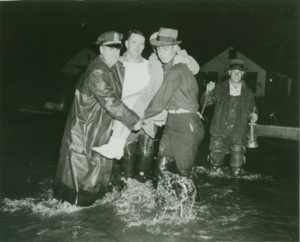
The Great Hurricane of 1938 – Today in History: September 21
The great hurricane of 1938, which hit on September 21, was the first major hurricane to strike New England since 1869.
Read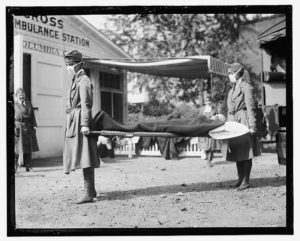
The Spanish Influenza Pandemic of 1918
For those who lived through the 1918 flu, life was never same. John Delano of New Haven recalled, “The neighborhood changed. People changed. Everything changed.”
Read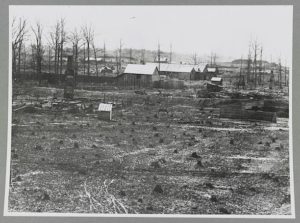
Connecticut’s Chickamauga Tree: An Investigation
The Connecticut State Capitol displays part of a tree with a cannonball lodged in it. While it is believed to be a remnant of the battle at Chickamauga Creek during the Civil War, evidence exists suggesting the artifact may have been fabricated for the purpose of commercial sale.
Read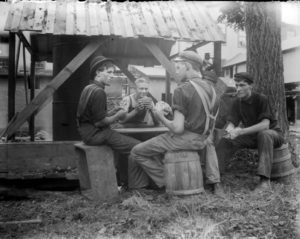
Avon Industry: From Underground to Outerspace
The origins of the Climax Fuse Company date back to 1852 in Avon, Connecticut.
Read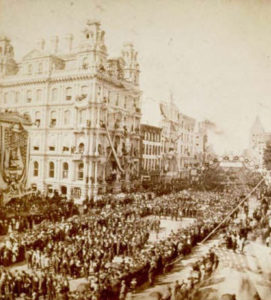
A Day of Celebration – Today in History: September 17
September 17, 1879 was a day of celebration in the City of Hartford when more than 100,000 people came to the city to celebrate Battle Flag Day.
Read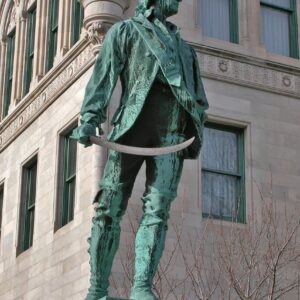
Thomas Knowlton: A Small Town’s National Hero
Thomas Knowlton is arguably Ashford’s most widely recognized war hero.
Read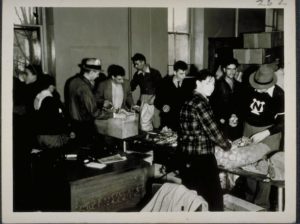
The Great Atlantic Hurricane Hits Connecticut
Applying lessons learned from the Hurricane of 1938, Connecticut made extensive preparations before the arrival of a similar storm in 1944.
Read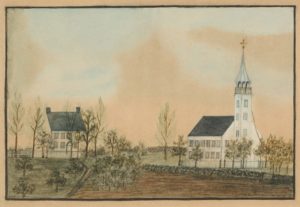
Bucket Brigade to the Rescue – Today in History: September 12
On September 12, 1873, the bell in the Episcopal Church rang the cry—Mr. Bailey’s carriage house, located in the center of town, was on fire.
Read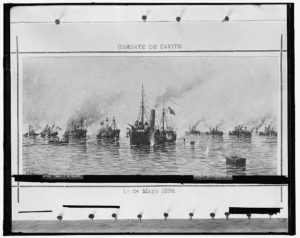
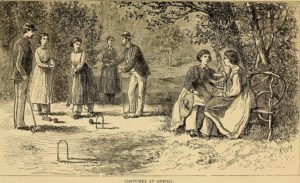
The Wallingford Oneida Community
In the late 1800s, Wallingford was home to a small branch of the Oneida Community.
Read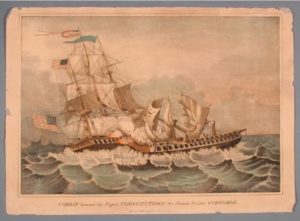
A Patriotic Legacy in Print
Two hundred years ago, on September 10, 1813, the US captured six vessels from the British Royal Navy, the most powerful maritime force in the world.
Read
Painter, Muralist, Sculptor Sol LeWitt born – Today in History: September 9
Sol LeWitt, whose work includes drawings and sculptures, is identified with the late 20th century Minimalist and Conceptual art movements.
Read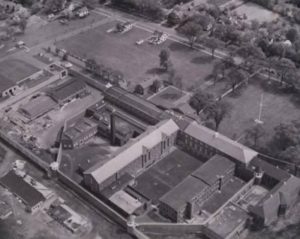
Wethersfield Prison Blues
In September 1827, the newly constructed Connecticut State Prison in Wethersfield opened its doors to 81 inmates once housed at Newgate Prison.
Read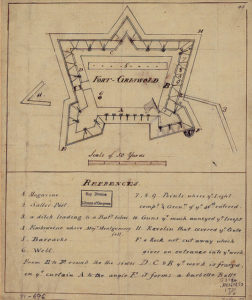
Fort Griswold Attacked – Today in History: September 6
On September 6, 1781, British forces overtook Fort Griswold and killed many of the Patriots who had surrendered.
Read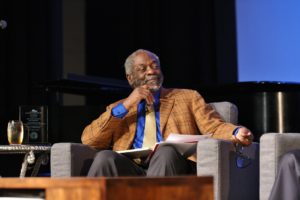
Hartford’s Les Payne, Trailblazing Journalist
Les Payne grew up in Hartford and became one of the best-known African-American journalists in the United States.
Read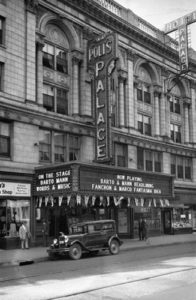
Sylvester Poli, Negotiating Cultural Politics in an Age of Immigration
This Italian-born businessman and New England theater magnate also helped the working poor in New Haven’s immigrant communities at the turn of the 20th century.
Read
Connecticut’s Mulberry Craze
Connecticut, especially Windham and Tolland Counties, was the epicenter of US raw-silk production in the mid-19th century.
Read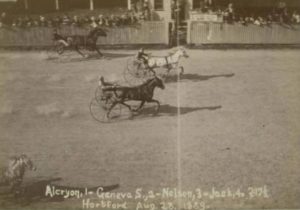
And They’re Off!: Harness Racing at Charter Oak Park
The day was cool and 10,000 spectators crowded the stands at Charter Oak Park to see a come-from-behind victory as Alcryon left the other trotters in the dust.
Read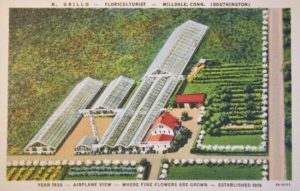
Nicholas Grillo and his Thornless Rose
Nicholas Grillo was a self-made floriculturist who earned international acclaim for developing the world’s first thornless hybrid tea rose.
Read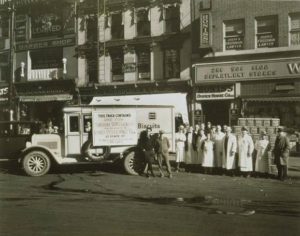
Oystering in Connecticut, from Colonial Times to the 21st Century
Why tasty Crassostrea virginica deserves its honored title as state shellfish.
Read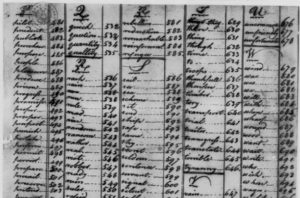
Caleb Brewster and the Culper Spy Ring
Caleb Brewster used his knowledge of Long Island Sound to serve as a member of the Culper Spy Ring during the Revolutionary War.
Read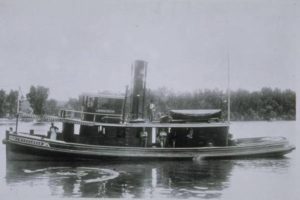
The Great River: Connecticut’s Main Stream
Highway. Barrier. Resource. Sewer. Over the centuries each of these names has been used to describe one of the defining feature’s of the state’s landscape.
Read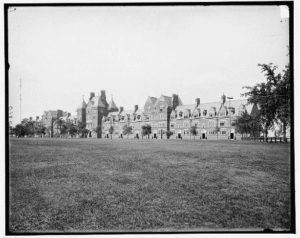
Trinity College – Scholarship and Community Engagement
Founded in 1823, Trinity College has evolved alongside the city of Hartford for nearly 200 years.
Read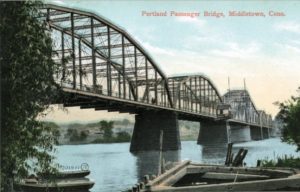
The Longest Highway Drawbridge – Who Knew?
In 1896, when the Middletown and Portland Bridge over the Connecticut River opened, it was the longest highway drawbridge in the world.
Read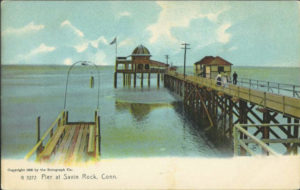
Savin Rock Park: “Connecticut’s Coney Island”
Savin Rock Park was a seaside resort constructed in the late 19th century in the modern-day town of West Haven.
Read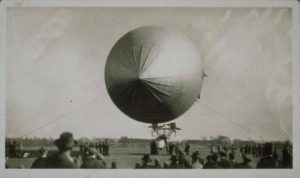
Airborne Pioneers: Connecticut Takes Flight
Daring flights and first-of-a-kind inventions mark the state’s 200-plus-year history of taking to the skies.
Read
Torrington Recovers after the Flood of ‘55
In August of 1955, two hurricanes that moved through Connecticut caused a devastating flood of the Naugatuck River.
Read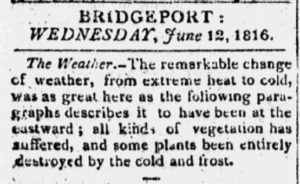
Eighteen-hundred-and-froze-to-death: 1816, The Year Without a Summer
Sunspots and volcanic eruptions led to cooler than normal temperatures in the summer of 1816.
Read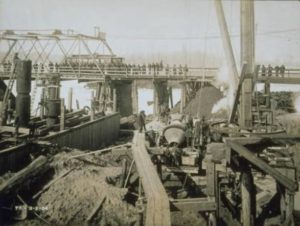
The Sand Hogs Set the Foundation for the Bulkeley Bridge
Toiling in dangerous conditions beneath the Connecticut River’s surface for only $2.50 a day, African American workers dug the foundation for the Bulkeley Bridge.
Read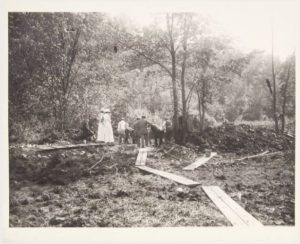
Mastodon Bones Unearthed – Today in History: August 13
On August 13, 1913, workmen unearthed the skeleton of a mastodon, in Farmington, while digging a trench on Alfred A. Pope’s farm and country estate, Hill-Stead.
ReadMore Articles




